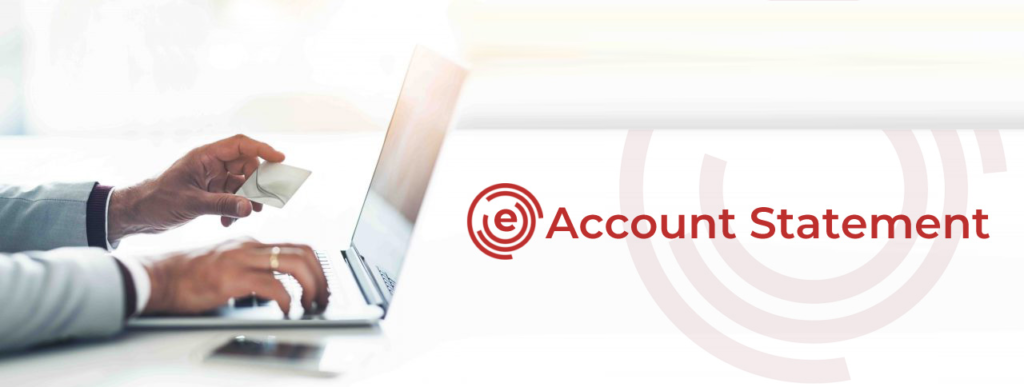In today’s data-driven financial landscape, the ability to analyse bank statement information accurately has become a key skill for individuals, small business owners, and financial institutions alike. With the surge in digital transactions and the growing need for transparency and control, bank statements offer a goldmine of insights—if used correctly.
Gone are the days when analysing a bank statement meant a simple review of debits and credits. Modern approaches now involve intelligent data extraction, categorization, and interpretation to uncover spending habits, identify areas for savings, and build more effective budgets. Understanding how to analyse bank statement data not only helps you stay financially organized but also empowers you to make more informed decisions.
The Importance of Analysing a Bank Statement
A bank statement is essentially a financial mirror. It reflects how money flows in and out of your account over a specific period. Each line item tells a story about your financial behavior—from income deposits and bill payments to grocery purchases and subscription renewals. Analysing this document allows you to understand where your money is going and whether it aligns with your financial goals.
For businesses, especially lenders and fintech platforms, the ability to analyse bank statement data goes further. It helps evaluate creditworthiness, detect fraudulent patterns, and assess risk. For individuals, it becomes the foundation of effective budgeting, allowing for better control over discretionary and fixed expenses.
Extracting Data from Bank Statements
The first step in analysing a bank statement is accurate data extraction. Traditional methods involved manually reviewing printed or PDF statements and entering figures into a spreadsheet. This process is time-consuming and prone to human error. Today, automation tools powered by AI and machine learning can scan, digitize, and organize this data within seconds.
These intelligent systems can identify key fields like transaction date, description, amount, balance, and categorize them by type, such as food, travel, rent, or utilities. By automatically extracting structured data from unstructured statements, they make it easier to begin the analysis process.
Categorizing Transactions for Clarity
Once the data is extracted, the next vital step is categorization. Analysing a bank statement effectively hinges on how well transactions are grouped. A well-categorized statement can show you how much is being spent on non-essential items versus essentials, how regular your income is, and whether hidden recurring charges are eating into your finances.
For example, subscriptions to streaming services, fitness apps, or cloud storage often go unnoticed. An automated system can flag these recurring costs, enabling users to reassess their necessity. Similarly, identifying peak spending times—like weekends or month-ends—can help in planning expenses more wisely.
Visualizing Spending Patterns
A truly powerful analysis of a bank statement doesn’t stop at categorization. Visualization tools take the data further by converting it into intuitive charts and graphs. Pie charts showing the distribution of expenses, line graphs mapping spending trends over time, and bar charts comparing monthly incomes versus expenses can all deliver a clearer financial picture.
Such visualizations make it easier to identify trends that might otherwise be missed in a sea of numbers. For example, an upward spike in transportation costs could indicate increased commuting or vehicle issues. A consistent shortfall at month-end may suggest that your spending plan is unrealistic and needs to be adjusted.

Budgeting Based on Real-Time Insights
With a clear understanding of spending patterns, building a realistic budget becomes significantly easier. A budget built on data from your bank statement is far more accurate than one based on estimates or assumptions. By examining previous months’ expenses, you can determine average costs per category and set caps accordingly.
A dynamic budgeting tool that syncs with real-time bank data can also alert you when you approach your limits in certain categories. This feedback loop helps develop better spending habits and prevents the accumulation of unplanned debt.
Moreover, setting aside a fixed amount for savings becomes more achievable when you have visibility into wasteful or avoidable spending. Instead of aiming for arbitrary saving goals, you can target specific areas to cut back and redirect those funds toward long-term objectives.
Detecting Anomalies and Preventing Fraud
Another critical reason to regularly analyse bank statement data is fraud detection. Suspicious or unauthorized transactions can sometimes slip under the radar, especially when the volume of transactions is high. Anomalies such as sudden spikes in spending, repeated charges from unfamiliar merchants, or unusually timed withdrawals can be early signs of fraud or financial mismanagement.
Advanced tools can use rule-based and AI-driven models to flag these anomalies for review. For businesses, especially those offering loans or credit lines, this capability is essential in risk mitigation. For individuals, it offers an additional layer of security and peace of mind.
Conclusion
Learning how to analyse bank statement information is no longer a task reserved for accountants or finance professionals. With modern technology simplifying the process, anyone can gain meaningful insights from their financial data. From automated extraction to intelligent categorization and insightful visualizations, each step contributes to a more transparent and controlled financial life.
Whether you’re budgeting for your household or evaluating financial health for a business loan, the ability to analyse bank statement data accurately is a vital skill. With the right tools and a proactive mindset, financial clarity and stability are well within reach.

